Complete Guide to Betadine Ointment for Cats: Uses, Benefits, and Dosage
When it comes to caring for your cat’s health, it’s essential to be equipped with the right products to handle everyday medical concerns. One such product is Betadine Ointment. Known for its antiseptic properties, Betadine is commonly used in both human and veterinary medicine to prevent and treat infections. In this guide, we’ll take an in-depth look at Betadine Ointment for cats, its applications, dosage recommendations, safety precautions, and everything you need to know for using it correctly.
What is Betadine Ointment?
It is known for its ability to kill a wide range of bacteria, viruses, and fungi. Povidone-iodine is a compound that releases iodine, which has proven to be effective in sterilizing wounds and preventing infections.
For veterinary purposes, Betadine Ointment is used in various forms, including solutions, ointments, and creams. Its antiseptic properties make it invaluable in treating cuts, burns, scrapes, or other wounds that might lead to infection.
Uses and Indications for Betadine Ointment in Cats
- Wound Care: For cleaning and preventing infection in cuts, scratches, or abrasions.
- Skin Infections: Treats minor bacterial or fungal skin infections.
- Post-Surgical Care: Helps prevent infection and promotes healing after surgery.
- Hot Spots/Rashes: Soothes irritated skin and reduces infection risk.
- Ear Infections: Used to clean the outer ear for superficial ear infections.
How Does Betadine Ointment Work?
The active ingredient in Betadine Ointment, povidone-iodine, works as a powerful antimicrobial agent. Upon application, it interacts with cellular components of bacteria, viruses, and fungi, disrupting their structure and ultimately killing them. This action prevents the microbes from multiplying, allowing the cat’s immune system to heal the wound or infection more effectively.
Moreover, Betadine Ointment creates a barrier that reduces the likelihood of contaminants entering the wound. Its water-soluble nature makes it easier to rinse off if necessary, and it is designed to be non-irritating, making it suitable for sensitive animals, including cats.
Betadine Ointment for Cats: Application Directions and Dosage
The proper dosage and administration of Betadine Ointment depend on the size and severity of the wound or infection. The goal is to apply a sufficient amount to clean the wound and help prevent infection, while avoiding overuse that might cause irritation or toxicity.
Below is a guide for the typical dosage and application process:
General Guidelines for Application:
- Clean the Wound Area:
- Before applying Betadine Ointment, gently clean the affected area with a mild antiseptic solution, such as saline solution, to remove dirt and debris.
- Frequency of Application:
- Apply Betadine Ointment 1–2 times daily, depending on the severity of the wound and your veterinarian’s instructions. For minor abrasions, once a day may be sufficient. For larger or more severe wounds, you may need to apply it more frequently.
- Covering the Wound (Optional):
- For deeper cuts or surgical wounds, you may want to cover the area with a sterile bandage after applying the ointment. Change the dressing daily and reapply the ointment as needed.
- Monitor the Healing Process:
- Regularly check the wound for signs of healing, such as reduced swelling, redness, and the formation of new tissue. If the wound shows signs of infection (increased discharge, bad odor, or worsening condition), contact your veterinarian.
Betadine Ointment Dosage for Cats
| Condition | Application | Frequency |
| Small Cuts/Abrasions | Thin layer | Once or twice daily |
| Skin Infection | Thin layer | 1-2 times daily |
| Post-Surgery | Thin layer on incision | Once or twice daily |
| Deep Wounds | Generous layer | Twice daily |
| Hot Spots/Rashes | Thin layer | Once or twice daily |
| Ear Infections | Small amount on outer ear | 1-2 times daily |
Step-by-Step Instructions for Applying Betadine Ointment
- Clean the Area:
- Gently clean the affected area with a saline solution or a mild antiseptic, avoiding harsh chemicals or fragrances.
- Prepare the Ointment:
- Use clean hands or a sterile applicator (such as a cotton swab) to scoop out the necessary amount of Betadine Ointment.
- Apply a Thin Layer:
- Gently apply the ointment over the wound, ensuring the area is fully covered but not caked in the ointment. If applying to multiple areas, repeat this step.
- Use Bandage (if necessary):
- If the wound is large or you’re concerned about your cat licking it, consider covering the wound with a sterile bandage or dressing.
- Monitor the Healing Process:
- Observe for signs of improvement, such as reduced redness, swelling, and the absence of discharge. If the wound worsens, consult your veterinarian.
Important Notes:
- Dosage Variations: The frequency and amount of ointment may vary depending on your cat’s individual needs. Always follow the advice of your veterinarian for the most accurate guidance.
- Avoid Over-application: Excessive application of Betadine Ointment can lead to skin irritation.
- Wound Monitoring: It is crucial to keep an eye on the wound’s progress. If the wound shows signs of infection (increased swelling, discharge, or a foul odor), seek veterinary attention.
- Prevent Licking: Use an Elizabethan collar if your cat is prone to licking the ointment off, as ingestion is not recommended.
Precautionary Measures and Risks of Betadine Ointment for Cats
While Betadine Ointment is widely regarded as safe and effective for cats, it’s important to be aware of certain precautions and potential side effects to ensure its proper use and avoid complications.
Precautions
- Avoid Ingestion: Ensure your cat does not lick the ointment off to prevent gastrointestinal upset or iodine toxicity. Use an Elizabethan collar if necessary.
- Monitor for Allergic Reactions: Watch for signs of redness, swelling, or itching. Discontinue use if any adverse reactions occur.
- Use Sparingly: Apply a thin layer to avoid skin irritation or dryness.
- Limit Use on Large Areas: Prolonged application over large areas can cause skin irritation or iodine toxicity.
- Consult a Vet for Serious Wounds: For deep cuts, burns, or severe infections, consult a veterinarian for proper treatment.
Potential Side Effects
- Skin Irritation:
- Betadine Ointment can cause mild skin irritation, particularly if over-applied. This may result in redness, dryness, or flaking at the application site. If these symptoms are mild, reducing the frequency of application or using a thinner layer may alleviate the irritation.
- Allergic Reactions:
- Although uncommon, allergic reactions to Betadine Ointment may occur in some cats. Symptoms of an allergic reaction include:
- Severe redness or swelling at the application site
- Itching or discomfort
- Hives or rash
- Difficulty breathing (in severe cases)
If you notice any of these signs, immediately stop using the ointment and contact your vet for guidance.
- Although uncommon, allergic reactions to Betadine Ointment may occur in some cats. Symptoms of an allergic reaction include:
- Iodine Sensitivity:
- Some cats may have sensitivities to iodine. In such cases, Betadine Ointment can cause skin reactions or other complications. If you suspect your cat is sensitive to iodine, consult your veterinarian for an alternative treatment.
- Toxicity from Overuse:
- Prolonged or excessive use of Betadine Ointment may result in iodine toxicity. Symptoms include:
- Vomiting
- Diarrhea
- Lethargy or weakness
- Increased salivation or drooling
- Changes in the cat’s skin color (brownish staining)
- Prolonged or excessive use of Betadine Ointment may result in iodine toxicity. Symptoms include:
Contraindications
- Iodine Sensitivity: Avoid use if your cat is allergic or sensitive to iodine.
- Hypothyroidism: Cats with thyroid issues should not use Betadine Ointment, as iodine can interfere with thyroid function.
- Severe Burns: Not recommended for treating deep or severe burns.
- Eye Injuries: Do not apply to the eyes, especially if the cornea is involved.
- Pregnant or Nursing Cats: Use only under veterinary guidance, as there is limited research on safety during pregnancy or lactation.
Betadine Ointment for Cats: Health Benefits
- Prevents Infection: Effectively kills bacteria, fungi, and viruses, preventing wound infections.
- Promotes Faster Healing: Supports the healing process by reducing infection risk.
- Versatile Use: Ideal for cuts, abrasions, skin infections, post-surgical care, hot spots, rashes, and ear infections.
- Non-Irritating: Gentle on skin when used as directed, with minimal risk of irritation.
- Broad-Spectrum: Targets a wide range of pathogens, ensuring effective treatment for various conditions.
Scientific Studies on Betadine Ointment for Cats
Clinical research and studies have consistently demonstrated that Betadine Ointment (povidone-iodine) is an effective and safe treatment for managing various dermatological conditions in cats. Below are key findings from clinical research:
- Antimicrobial Efficacy:
- Povidone-iodine, the active ingredient in Betadine Ointment, has been shown to have broad-spectrum antimicrobial activity, effectively combating bacteria, fungi, and viruses. Studies confirm its use in preventing infections in wounds, abrasions, and post-surgical sites.
- Wound Healing:
- Clinical studies suggest that Betadine Ointment aids in the healing process by creating a sterile environment that minimizes the risk of infection. In trials involving surgical wounds, the ointment was found to significantly reduce infection rates and complications, speeding up recovery.
- Skin Infections:
- Betadine is commonly recommended in the treatment of superficial skin infections, such as those caused by bacteria or fungi. Clinical trials indicate that it can effectively treat hot spots, rashes, and other dermatological conditions in cats when applied topically.
- Safety and Irritation:
- While Betadine Ointment is generally safe, some studies caution against prolonged use, as it may cause skin irritation in some animals. Long-term or excessive application can lead to dryness or discoloration of the skin. In rare cases, iodine toxicity has been observed in animals with prolonged or excessive use, particularly in cats with hypothyroidism.
- Veterinary Recommendations:
- Clinical guidelines recommend Betadine Ointment for superficial infections and minor wounds, but its use should be monitored by a veterinarian. In cases of deep or severe wounds, other treatments or additional medical care may be necessary.
Conclusion
In conclusion, Betadine Ointment for Cats is a versatile and effective antiseptic that serves as an essential part of your cat’s healthcare routine. From treating minor cuts and abrasions to assisting in the healing of skin infections or post-surgical wounds, its powerful antiseptic properties make it a reliable option for preventing and managing infections in cats. However, like any medication, Betadine Ointment should be used with caution. It’s vital to follow the recommended dosage and application instructions, keeping in mind the precautions for sensitive cats or those with specific medical conditions. Monitoring for adverse reactions and avoiding prolonged use will ensure your cat’s safety and well-being.







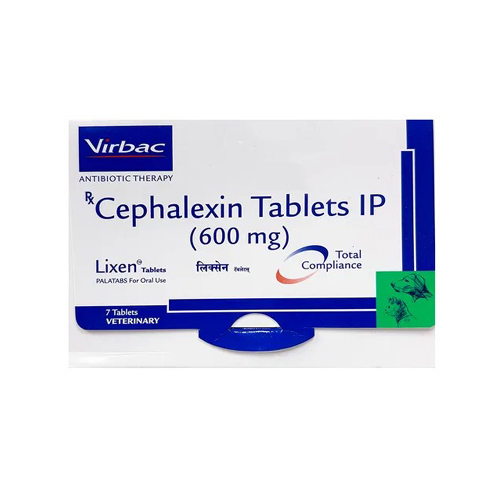
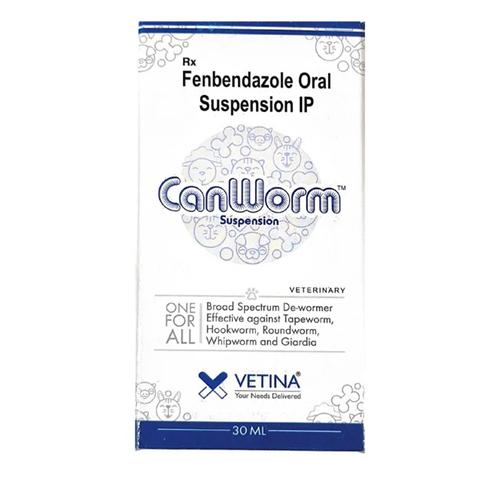




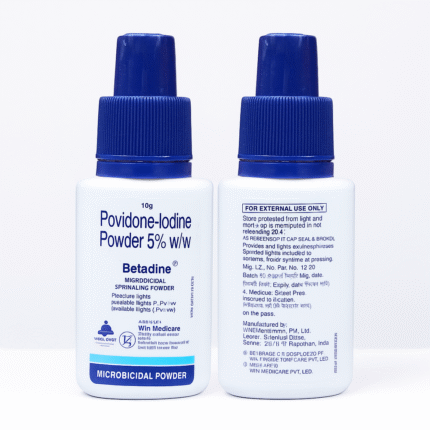

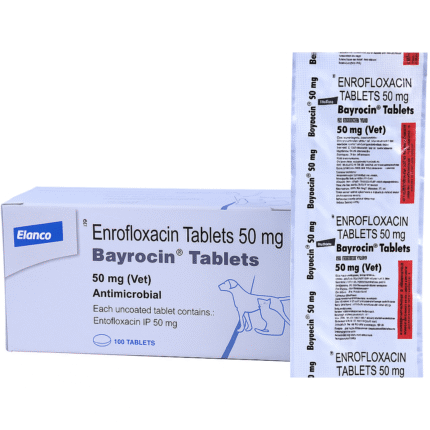
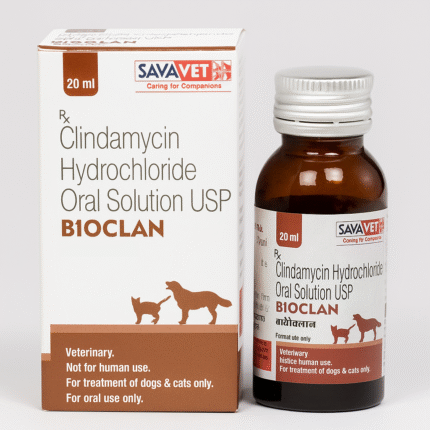
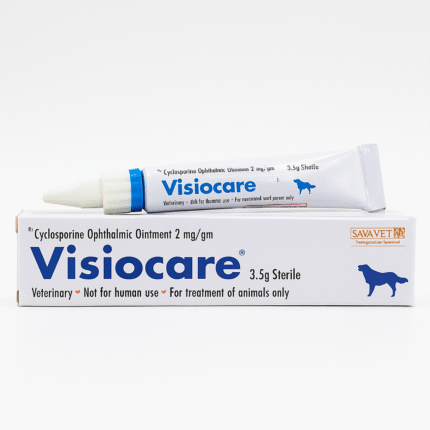
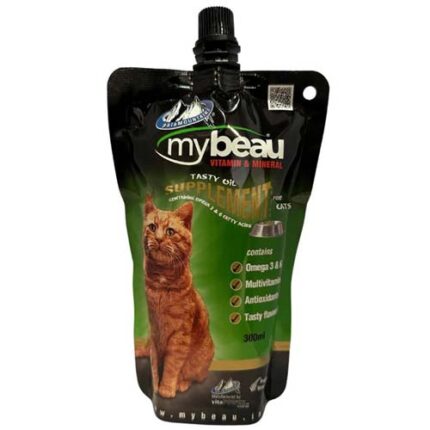

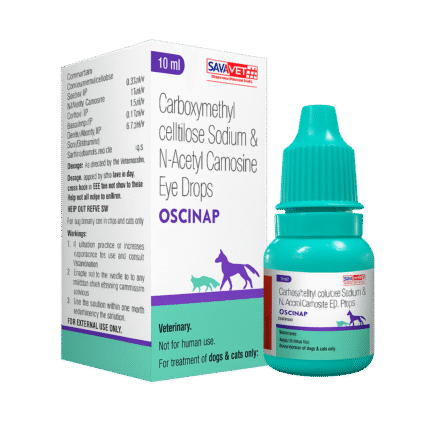

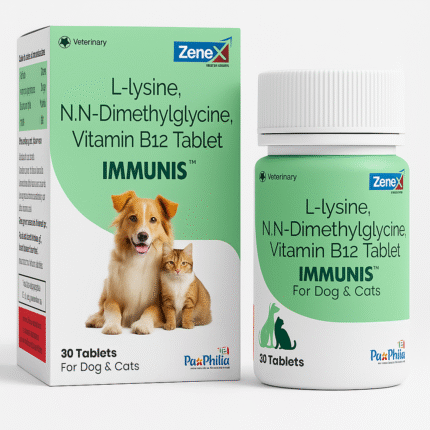
Reviews
There are no reviews yet.